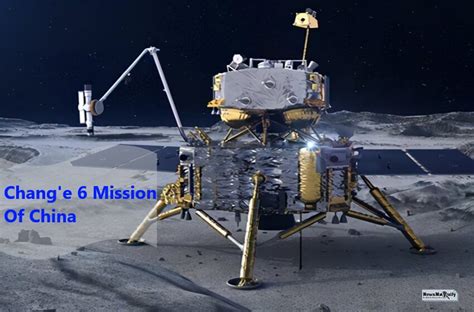The recent success of China’s Chang’e 6 lunar sample return mission marks a significant milestone in lunar exploration. Not only has the mission brought back the first-ever samples from the far side of the moon, but it has also intensified discussions about the feasibility and logistics of establishing a sustainable human presence on the moon. As lunar exploration progresses, the challenge of powering a lunar base remains a critical topic of debate among scientists and engineers. One of the main points of contention revolves around the potential use of nuclear power versus renewable energy sources, such as solar panels, for such extraterrestrial outposts.
A major question that arose in the aftermath of the Chang’e 6 mission is whether the moon’s low gravity is sufficient to prevent health problems typically associated with long-term stays in microgravity environments, such as those experienced on the International Space Station (ISS). According to existing data, prolonged exposure to microgravity can lead to bone, muscle, and vision loss. While the moon’s gravity is about one-sixth that of Earth’s, it is still unknown if this level of gravity is sufficient to mitigate these health issues. Current literature suggests that partial gravity environments, such as those on the moon or Mars, may not fully preserve physiological systems without adequate countermeasures, like regular exercise routines.
On the subject of energy sources, the conversation often pivots to nuclear power. The feasibility of using nuclear reactors on the moon has been a hot topic. Proponents argue that any serious effort to establish a lunar base must incorporate nuclear power due to its stability and efficiency. They highlight that nuclear reactors would not be affected by the moon’s two-week-long night period, providing a continuous power supply which is critical for life support systems and scientific operations. The challenges, however, include dealing with waste heat. Unlike on Earth, where water and cooling towers are used to dissipate heat, a lunar base would likely require massive radiators or alternative cooling methods in the absence of spare water sources.
An interesting suggestion for cooling on the moon involves recycling human liquid waste through evaporation, although this might not be sufficient for the large temperature differences encountered on the lunar surface. Radiators and perhaps the moon itself could serve as a heat sink. One comment even proposed actively cycling large amounts of lunar regolith through cooling loops to dissipate heat, which would necessitate innovative engineering solutions. Discussions also touched on the use of alternate coolants, such as helium or liquid sodium, instead of water, which becomes a highly valuable resource on the moon.
The debate over renewable energy solutions, like solar PV linked to battery storage, also features prominently. The moon’s slow rotation, which results in long periods of darkness, presents a challenge for solar energy systems. Critics argue that the need for massive battery storage to bridge these dark periods is impractical with current technology. Some have suggested polar bases with tall solar panels to harness continuous sunlight or even extending power lines across the lunar surface. However, these solutions also face significant technical and logistical hurdles.
Commenters further speculated on how future generations born and raised in low gravity, such as on the moon, would adapt and evolve. Currently, no mammals have given birth in microgravity, and the long-term effects on human development remain unknown. The physiological impact of low gravity environments on children and subsequent generations is an area ripe for research. Such studies could be one of the most significant pay-offs of establishing a lunar base, offering insights into human adaptability in extraterrestrial environments.
Ultimately, the Chang’e 6 mission opens up fascinating possibilities for the future of human space exploration. Whether through utilizing nuclear power or renewable energy systems, constructing a sustainable lunar base will require monumental advancements in technology and international collaboration. The insights gained from these early missions will undoubtedly shape the strategies and innovations applied to lunar and, eventually, Martian colonies, forming the cornerstone of humanity’s next giant leap.


Leave a Reply